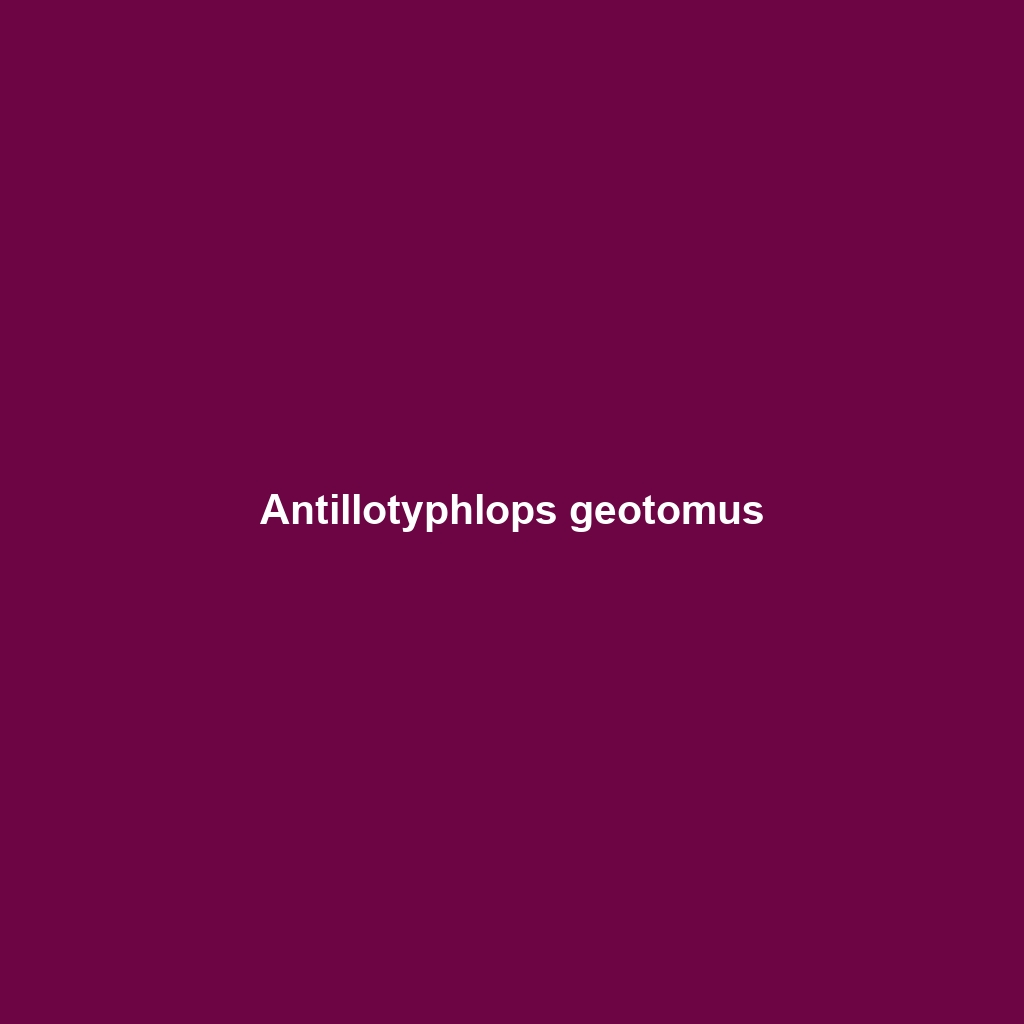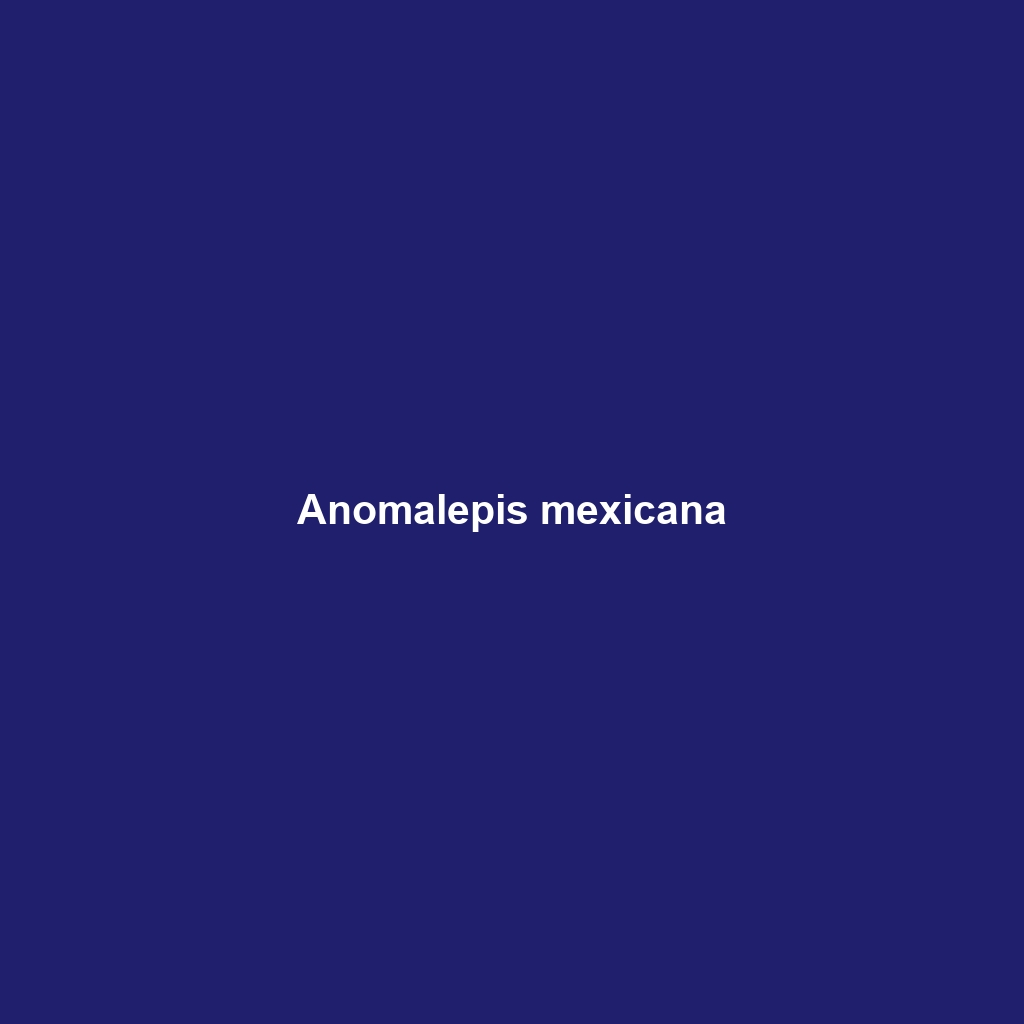<p><b>Apostolepis nigrolineata</b>, commonly known as the blacklined snake, is a striking reptile found in the subtropical and tropical regions of South America. This diurnal snake features distinctive black stripes on a brown-gray body, thriving in diverse habitats while primarily preying on small invertebrates and amphibians.</p>
Tag: snake adaptations
Apostolepis longicaudata
Discover the Apostolepis longicaudata, a slender, earthy-toned snake native to the subtropical regions of Brazil and Argentina, known for its nocturnal behavior and unique ambush hunting strategy. With a diet primarily consisting of small vertebrates, this adaptable species plays a crucial role in maintaining ecological balance while contributing to the biodiversity of its habitat.
Apostolepis arenaria
<p><b>Apostolepis arenaria</b>, commonly known as the sand snake, is a small, diurnal snake native to the sandy coastal regions of Brazil, characterized by its light brown or beige background with dark stripes. This vulnerable species plays a vital role in its ecosystem as both a predator and prey, primarily feeding on small invertebrates and lizards.</p>
Apostolepis assimilis
Discover the <b>Apostolepis assimilis</b>, a slender, nocturnal snake native to the subtropical and tropical regions of South America, particularly Brazil and Paraguay. With its striking brown and black banded pattern and vital role in regulating local ecosystems, this species showcases impressive adaptability and unique feeding habits.
Aparallactus modestus
Discover the modest burrowing asp, or <i>Aparallactus modestus</i>, a slender, nocturnal snake native to the savannas and grasslands of eastern and southern Africa, recognized for its unique burrowing abilities and mild venom used for hunting small vertebrates. This resilient species plays a vital role in its ecosystem, helping to control prey populations while adapting effectively to its environment.
Aparallactus jacksonii
Discover the Aparallactus jacksonii, or Jackson's snake, an intriguing nocturnal species native to the savannas and grasslands of eastern and southern Africa. With its distinctive coloration, sleek body, and vital role in the ecosystem, this snake is both a fascinating predator and a key indicator of environmental health.
Antillotyphlops annae
Antillotyphlops annae, commonly known as the Antillean blind snake, is a small, fossorial species found in the moist tropical habitats of Puerto Rico and Saint Kitts. This secretive snake plays a vital ecological role by preying on ants and termites while thriving in diverse environments, including urban areas.
Antillotyphlops catapontus
Discover the Antiguan blind snake (Antillotyphlops catapontus), a small, fossorial species native to Antigua, known for its smooth, cylindrical body, tiny non-functional eyes, and a diet primarily consisting of ants and termites. This nocturnal serpent plays a crucial role in controlling insect populations and aerating the soil in its tropical habitat.
Antillotyphlops geotomus
Discover the Lesser Antillean Blind Snake (<i>Antillotyphlops geotomus</i>), a fascinating fossorial species native to the Caribbean's tropical moist forests. Measuring 30 to 70 cm, this unique snake features a smooth, cylindrical body with reduced eyes, playing a vital role in controlling ant and termite populations while facing conservation challenges due to habitat destruction.
Anomalepis mexicana
<div class="woocommerce-product-details__short-description"> <p><b>Anomalepis mexicana</b>, or the Mexican smooth earth snake, is a non-venomous species found in humid lowland forests of eastern and southern Mexico, characterized by its smooth, elongated body reaching lengths of 30 to 60 centimeters. Primarily crepuscular, it feeds on small invertebrates, plays a vital role in the ecosystem, and contributes to soil health while being harmless to humans.</p> </div>









